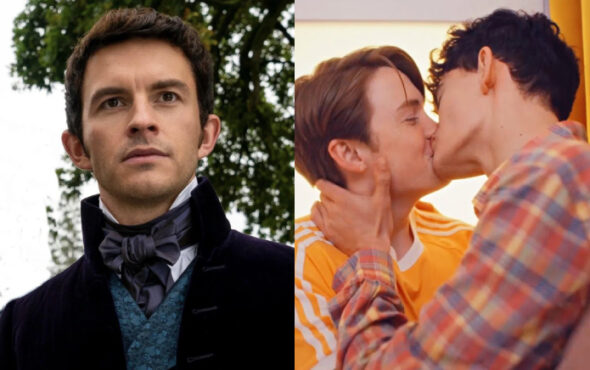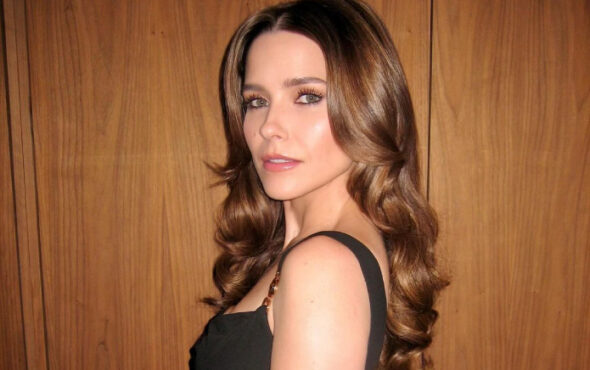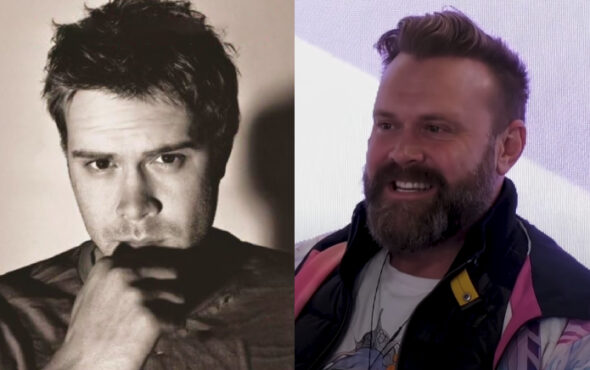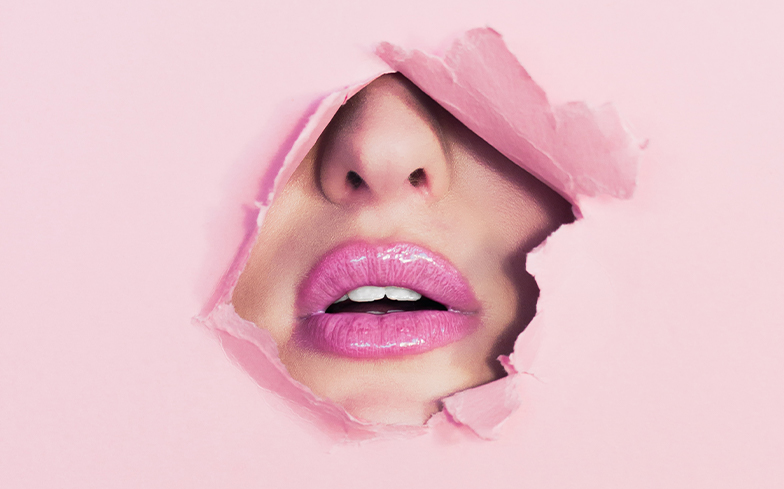
It feels like the explosion of queer women blowing up the music scene is a recent and long overdue phenomenon.
GAY TIMES have been increasingly platforming and celebrating incredible queer women in music and asked me to deep dive into some of the reasons for there being more visible, out queer women in music than ever before and to share my favourite artists. I thought I’d set about exploring the queer identity and its intersection with women in the music industry, how women of colour are leading the charge and how technology has helped shift the balance. With so many stories to navigate it’s been hard to do justice to all the incredible talent out there.
The sugar sweet tones of Syd singing to her Girl in the track of the same name from her collective The Internet in 2015, marked a turning point for queer women in music being visibly and lyrically out. Here is a RnB fused love song sung unashamedly and with assuredness as though the music industry had never had an issue with representation of queer women, let alone queer presenting women of colour.
Syd sings luscious, sexy, love songs that draw on the feminine in her vocal while presenting as gender non-conforming or masculine of centre. As a producer she fuses early 2000 RnB rhythms and trap beats with her cool, confident vocal.
Since, we’ve seen the magnificent talents of Janelle Monae unleashed upon us in their full queer glory (although I feel the best is yet to come). Janelle was only able to come out at the age of 32, after several years in the music industry in an interview with Rolling Stone in April 2018. How honoured are we to revel in the creative goods that a talented and free artist can give to the world.
In her Rolling Stone interview, she says: As “someone who has been in relationships with both men and women – I consider myself to be a free-ass mother******.” She initially identified as bisexual, she clarifies, “but then later I read about pansexuality and was like, ‘Oh, these are things that I identify with too.’ I’m open to learning more about who I am.”
As artists and as humans, surely our primary work is in being authentically who we are. This is a journey more than a point of arrival, yet coming out feels like a key milestone in this process. By creating institutions and systems that require us to be anything other than who we are, we are doing an injustice to the great artistic talent out in the world and our own ability to experience it.
While her mentor Prince confidently exuded the flamboyance of queer and gender non-conformity throughout his career, was it harder for Janelle’s androgyny to be accepted? Was she considered marketable by an industry that had not long before packaged Whitney as ‘less black’ in order to produce a more mainstream artist than the women before her, sellable to primarily white record buyers and gig goers?
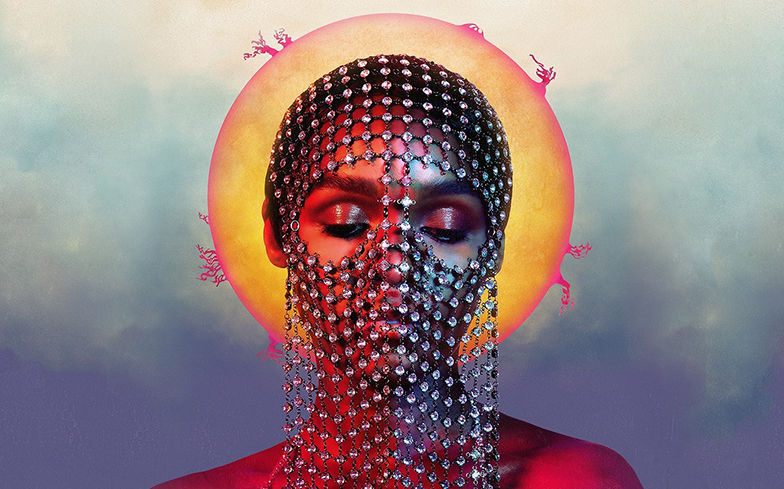
As queer women of colour lead the charge in music today, let’s not forget pioneers like Tracey Chapman and Queen Latifah. All visibly butch and beautiful music megastars at a time when being so can’t have been easy. However, their ‘coming out’ has been gradual and relatively recent, rather than the ‘statement’ from Janelle. Almost a declaration in fact. KT Tunstall’s recent coming out reminds us that this is not just limited to women of colour. Is it that artists today cannot hide or censor aspects of our identity, belief system or politics in the same way that we have been able to, felt we needed to (or expected to) in the past. What does this mean for creativity, expression and art? What does it mean for the artist?
Are queer women succeeding because we’ve finally broken down the barriers that have kept us under the control of the straight, cis, white male gaze that dominates so many other industries. Are we finally succeeding because technology has disrupted the power of the old institutions and their misogyny with them?
Has technology been a double-edged sword in that it has facilitated autonomy over our careers, whilst also demanding a transparency that the gatekeepers ‘protected’ us from? Protection from a public backlash to being out (or outed) perhaps? There has been a transitional decade or more in which artists, especially women, PoC and LGBTQ artists were lost in the matrix. The lost MySpace generation. When the industry was failing to digitise and clambering to keep up with illegal downloads and the collapse of record sales. All before DIY culture set in and artists were able to manage their own production, marketing and distribution and most importantly, find our own audiences.
Why is the explosion of queer women in music overwhelmingly led by women of colour? Because our intersections have power and perhaps we’re realising that the more intersections we live at, the more power we have. To elaborate; the more marginalised groups we embody, the more opportunity we have to explore the breadth of life, which is the artist’s obsession, to experience and to feel. To elaborate further; these intersections are marginalised because they have power. Realising this is overwhelmingly empowering. Are we finally realising our power? Does the power reside in the grey haired, grey suited, grey skinned men living banal, heteronormative lives, wealthy only in what money can buy with their limited levels of imagination. Or, does it reside in the queer women, rich in talent, a voice, with something to say and carrying the gifts of our cultural ancestry. Yes, our cultural ancestry and not the conditioning that we should assimilate to the systems of white supremacy and its faux power.
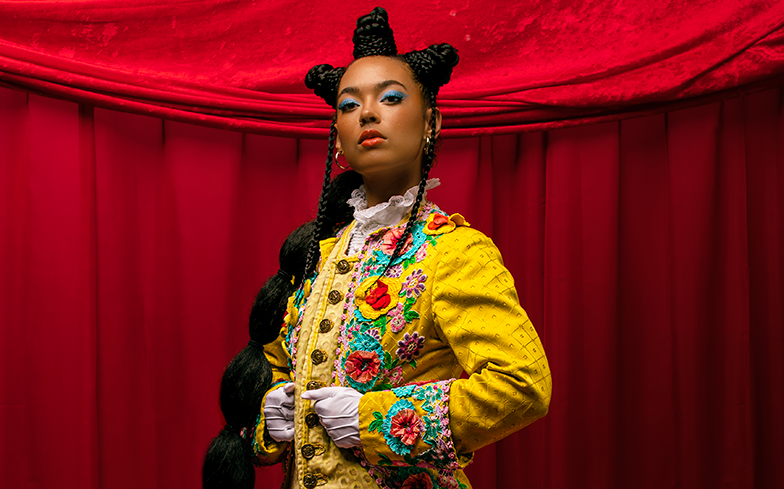
Bobby Rogers
To put it more succinctly as Dizzy Fae did in her recent Gay Times interview: “I’m telling you, when people are themselves, that stuff shines!”
With movements increasingly being amplified through digital channels such as #BlackLivesMatter and #MeToo, are we finally reaching a time where we can worry less about diversity and representation and simply allow talent to make its way to our ears like never before? The music industry was one of the first places to be disrupted by technology when renegade platforms like Limewire, Napster and Kazaa brought illegal file sharing to the mainstream in 1999. Later, Apple released iTunes; free to download, preloaded on all its hardware and firmly established itself as the platform to play music and purchase digital formats legally. In this sense, it can be said that Apple helped the democratisation of the music industry for more women, LGBTQ and PoC artists to break through.
Hayley Kiyoko has chosen to wear her sexuality as a holistic part of her brand and not shy away from it in her songs, videos and interviews and it seems to have paid off. LGBTQ listeners now expect a level of authenticity from our queer artists that we reward with the most lavish displays of love both online and at live shows.
Halsey brought her bisexuality into her music and brushed off an offer to work with Katy Perry as she wouldn’t work with an artist “unless they’re ******* gay”. Like Syd, using gendered pronouns about her female lover in her track Stranger with Lauren Jauregui, was there a ‘risk’ to Halsey in doing so? Are women that present as ‘pretty’ and femme more likely to be under pressure not to come out or to avoid incorporating their same sex attraction in their music? As women navigate the remaining hetero, cis, white, male gatekeepers in the industry, are they still negotiating their identity and their career? How much of being marketable is actually to do with the market or consumers that are often used as the reason for censorship of the artist, and how much of it is the very real misogyny, racism and homophobia that exists in institutions.
RnB singer Raveena is an Indian American woman singing songs about loving women. The challenges for South Asian women to be out are highly complex. In addition to having the permission from often conservative families to explore the arts as a career in the first place, South Asian women often experience sexual repression that can make exploring their sexuality a distant reality or taboo and often lead to severe repercussions from their family and community, and that’s further compounded if you are LBTQ.
I spoke with Raveena about her experience. “I feel like I have a really beautiful community of people around my music for which I am super grateful, but I also think like it can feel as though there is a kind of ceiling of how much success you can have if you choose to be unapologetically queer, of colour, political and yourself,” she said.
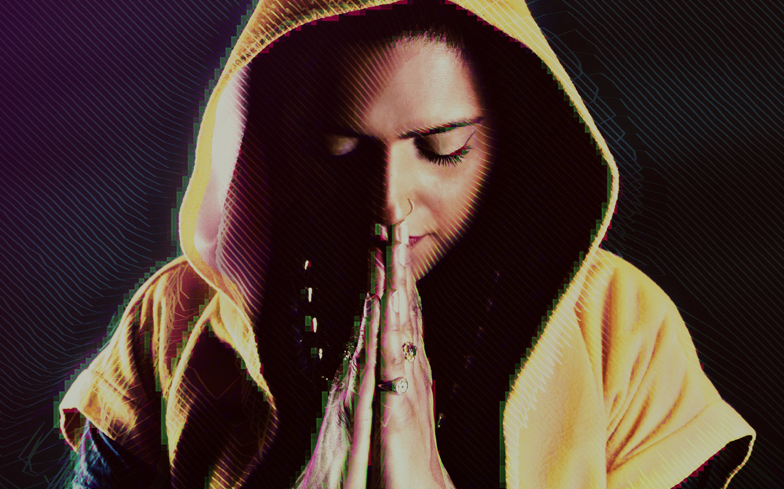
LOIAL (Reeta Loi)
When I asked her what the solution is, she replied: “I think we just have to keep being unapologetically ourselves and focusing on nourishing our talents and our souls. stepping into joy and self love is the antidote to oppression, IMO.”
For trans artists like Shea Diamond, the barriers are further heightened. We hear the determination of her journey in her vocals in songs like I Am Her and Don’t Shoot. We need to hear more voices like hers in the mainstream. To make art from our struggle and give birth to a gift to the world is a true privilege and something that we as recipients should gratefully receive.
I find myself asking what the responsibility is for the music industry to extend support to artists that may lack a network of support and guidance. Yes, there is funding and there are grants, but how many non white faces do you see in the building, let alone making decisions in these organisations? I can tell you, it’s close to none. Let’s also not forget that the tech industry is still run by younger t-shirt wearing versions of the guys that run traditional institutions. In fact, they’re probably related.
Ultimately, the ability for artists to produce, promote and distribute their music due to the decentralisation of power in the music industry has led to artists to break through without many of the traditional gatekeepers getting in the way. Collaborations between Apple Music and GAY TIMES can only be positive for diverse artists to break through and be heard.
The current generation of music artists are coming up in a time when all music is at their fingertips. They are being inspired by the increasing numbers of artists that they feel they can look up to and have paved a path for them. I’m excited to see what these artists and the next decade of music by all artists have to offer. For queer women in music, this feels like the most exciting time in history to be alive and to be celebrated for being exactly who we are.
What we need now are for the tech and music industry to catch up. When the teams and ecosystem around us are reflective of the talent and potential in society, then imagine how much we will flourish. After all, we’re only just getting started.
Listen to GAY TIMES’ Queer & now playlist on Apple Music below:

